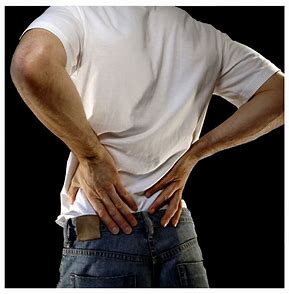When you’ve only got limited time in your day to exercise,
it can be tempting to go straight for the stress-busting cardio or heavy
weights and skip your core muscles. Find out why you need a strong core to thrive
in your everyday life.
What are core muscles?
Your core is a group of muscles which wraps all the way
around your torso, both front and back. Muscles include the transverse
abdominis, multifidus, internal and external obliques, erector spinae, diaphragm,
pelvic floor muscles, and the rectus abdominis – you ‘abs’.
Why you need strong core muscles
We often don’t realise how important our core is until
causes problems.
You might have experienced this if you’ve had sore abs after
a workout, or if you’ve had an operation such as a c-section.
We use our core to do basic things like stand up or sit up.
When you bend over to pick up a wrapper from the ground, or reach up to get a
mug from a high shelf, you’re using your core muscles. Even sitting in an office
chair requires core muscles activation. In fact, you need your core (especially
your transverse abdominal muscles) every time you move a leg or an arm.
What happens when core muscles are weak
If you get back pain from standing too long or find yourself
all hunched over when working on the computer, you may find that a weak core is
exacerbating the problem.
When your core muscles aren’t strong enough, you can often
find your overall posture suffers. It can be difficult to keep a straight
spine, whether you’re sitting or standing. It can even affect how well you can
use your hands for tasks like writing, typing or using hand-tools.
It can even cause shortness of breath, especially if you’re
standing for long periods of time.

The connection with back pain
A growing amount of evidence suggests back pain may be
partly caused by weak core abdominal muscles over time.
At least 84 percent of us will experience back pain at some
stage in our lives. By strengthening your core muscles, you can help protect
and strengthen your back, and potentially reduce the risk of back pain.
How to strengthen your core
Forget the old sit-ups that your school Physical Education
teacher made you do. There’s no single core exercise that’s ideal for everyone
because we all have different issues and needs.
A good starting point is the plank. Or at least, to work up
to the plank. It doesn’t require equipment and you can do it pretty much
anywhere.

Here’s an easy explanation:
- Plant hands directly under
shoulders (slightly wider than shoulder width) like you’re about to do a
push-up. A variation is placing your forearms on the floor instead, with your
elbows is placing your forearms on the floor instead, with your elbows aligned
below shoulders and your arms parallel to your body.
- Ground your toes into the floor
and squeeze your glutes to stabilise your body. Your legs should be working,
too – be careful not to lock your knees.
- Neutralise your neck and spine by
looking at a spot on the floor about a foot beyond your hands. Your head should
be in line with your back.
- Hold the position for 20 seconds.
As you get more comfortable with the move, hold your plank for as long as
possible without compromising your form or breath.